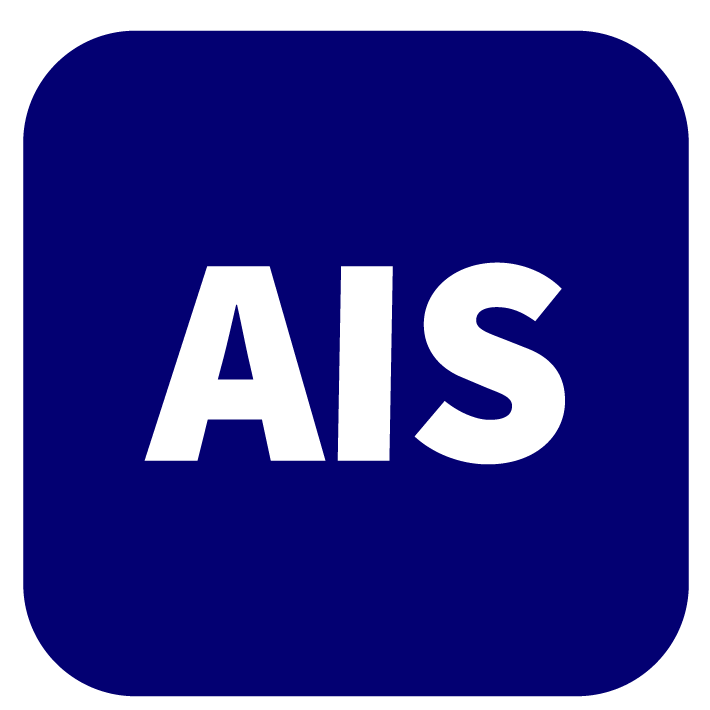REFERENCES
1. How NE, Street JT, Dvorak MF, et al. Pseudarthrosis in adult and pediatric spinal deformity surgery: a systematic review of the literature and meta-analysis of incidence, characteristics, and risk factors. Neurosurg Rev 2019;42:319-36.
2. Deyo RA, Mirza SK, Martin BI, Kreuter W, Goodman DC, Jarvik JG. Trends, major medical complications, and charges associated with surgery for lumbar spinal stenosis in older adults. JAMA 2010;303:1259-65.
3. Buchholz AL, Quinn JC, Shaffrey CI. Postoperative spinal deformities: kyphosis, nonunion, and loss of motion segment. In: Complications in neurosurgery. 2019. pp. 325-30. Available from: http://103.203.175.90:81/fdScript/RootOfEBooks/E%20Book%20Collection%202021%20-%20A/ENGLISH/Complications%20in%20Neurosurgery.pdf. [Last accessed on 7 Nov 2024].
4. Kim YJ, Bridwell KH, Lenke LG, Rhim S, Cheh G. Pseudarthrosis in long adult spinal deformity instrumentation and fusion to the sacrum: prevalence and risk factor analysis of 144 cases. Spine 2006;31:2329-36.
5. Kim YJ, Bridwell KH, Lenke LG, Rinella AS, Edwards C 2nd. Pseudarthrosis in primary fusions for adult idiopathic scoliosis: incidence, risk factors, and outcome analysis. Spine 2005;30:468-74.
6. Kim YJ, Bridwell KH, Lenke LG, Cho KJ, Edwards CC 2nd, Rinella AS. Pseudarthrosis in adult spinal deformity following multisegmental instrumentation and arthrodesis. J Bone Joint Surg Am 2006;88:721-8.
7. Pateder DB, Park YS, Kebaish KM, et al. Spinal fusion after revision surgery for pseudarthrosis in adult scoliosis. Spine 2006;31:E314-9.
8. Joshi RS, Haddad AF, Lau D, Ames CP. Artificial intelligence for adult spinal deformity. Neurospine 2019;16:686-94.
9. Joshi RS, Lau D, Ames CP. Artificial intelligence for adult spinal deformity: current state and future directions. Spine J 2021;21:1626-34.
10. Lenke LG. Commentary: artificial intelligence for adult spinal deformity. Neurospine 2019;16:695-6.
11. Perez-Breva L, Shin JH. Artificial intelligence in neurosurgery: a comment on the possibilities. Neurospine 2019;16:640-2.
12. Durand WM, Lafage R, Hamilton DK, et al; International Spine Study Group (ISSG). Artificial intelligence clustering of adult spinal deformity sagittal plane morphology predicts surgical characteristics, alignment, and outcomes. Eur Spine J 2021;30:2157-66.
13. Durand WM, Daniels AH, Hamilton DK, et al; International Spine Study Group. Artificial intelligence models predict operative versus nonoperative management of patients with adult spinal deformity with 86% accuracy. World Neurosurg 2020;141:e239-53.
14. Scheer JK, Smith JS, Schwab F, et al; International Spine Study Group. Development of a preoperative predictive model for major complications following adult spinal deformity surgery. J Neurosurg Spine 2017;26:736-43.
15. Scheer JK, Osorio JA, Smith JS, et al; International Spine Study Group. Development of validated computer-based preoperative predictive model for proximal junction failure (PJF) or clinically significant PJK with 86% accuracy based on 510 ASD patients with 2-year follow-up. Spine 2016;41:E1328-35.
16. Pellisé F, Serra-Burriel M, Smith JS, et al; International Spine Study Group, European Spine Study Group. Development and validation of risk stratification models for adult spinal deformity surgery. J Neurosurg Spine 2019;31:587-99.
17. Scheer JK, Oh T, Smith JS, et al; International Spine Study Group. Development of a validated computer-based preoperative predictive model for pseudarthrosis with 91% accuracy in 336 adult spinal deformity patients. Neurosurg Focus 2018;45:E11.
18. Johnson GW, Chanbour H, Ali MA, et al. Artificial intelligence to preoperatively predict proximal junction kyphosis following adult spinal deformity surgery: soft tissue imaging may be necessary for accurate models. Spine 2023;48:1688-95.
19. Kernbach JM, Staartjes VE. Foundations of machine learning-based clinical prediction modeling: part II - generalization and overfitting. In: Staartjes VE, Regli L, Serra C, editors. Machine learning in clinical neuroscience. Springer, Cham; 2022. pp. 15-21.
21. Selvaraju RR, Cogswell M, Das A, Vedantam R, Parikh D, Batra D. Grad-CAM: visual explanations from deep networks via gradient-based localization. Int J Comput Vis 2020;128:336-59.
22. Adogwa O, Buchowski JM, Lenke LG, et al. Comparison of rod fracture rates in long spinal deformity constructs after transforaminal versus anterior lumbar interbody fusions: a single-institution analysis. J Neurosurg Spine 2020;32:42-9.
23. Passias PG, Bortz C, Alas H, et al. Alcoholism as a predictor for pseudarthrosis in primary spine fusion: an analysis of risk factors and 30-day outcomes for 52,402 patients from 2005 to 2013. J Orthop 2019;16:36-40.
24. Marques MF, Fiere V, Obeid I, et al; Société Française de Chirurgie Rachidienne, SFCR. Pseudarthrosis in adult spine deformity surgery: risk factors and treatment options. Eur Spine J 2021;30:3225-32.
25. Kawabata A, Yoshii T, Sakai K, et al. Identification of predictive factors for mechanical complications after adult spinal deformity surgery: a multi-institutional retrospective study. Spine 2020;45:1185-92.
26. Kuo CC, Soliman MAR, Aguirre AO, et al. Vertebral bone quality score independently predicts proximal junctional kyphosis and/or failure after adult spinal deformity surgery. Neurosurgery 2023;92:945-54.









